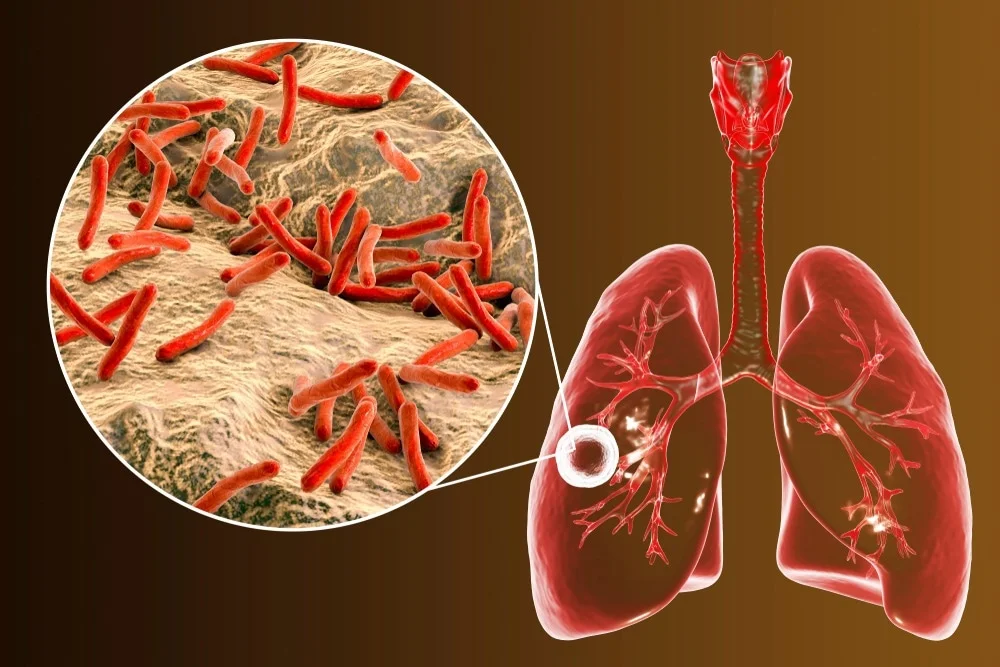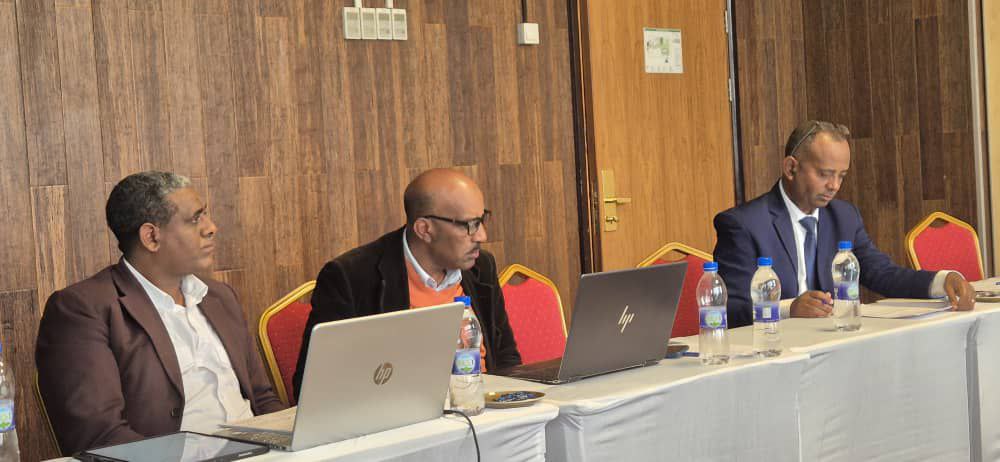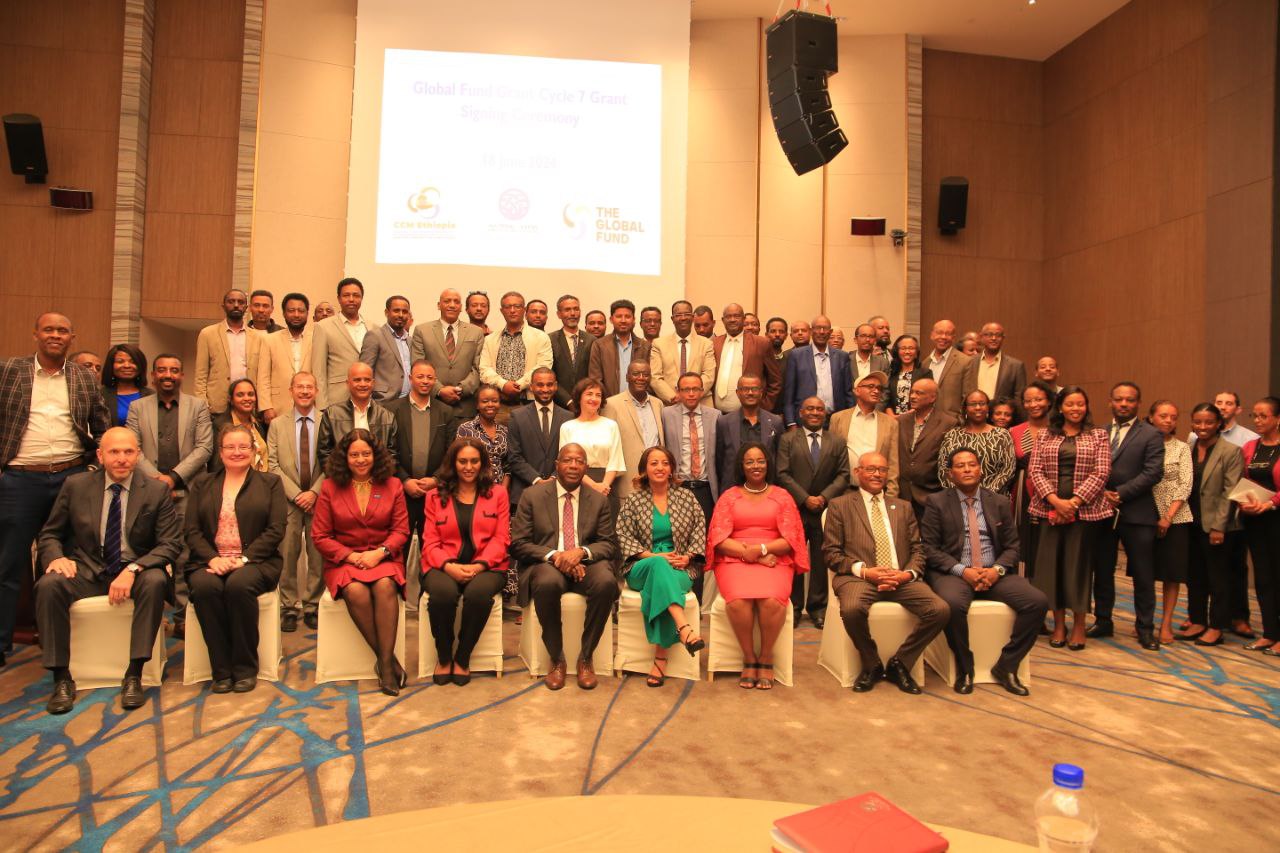TB Situation in Ethiopia
Tuberculosis (TB) is a preventable and curable disease. TB is caused by the bacillus Mycobacterium tuberculosis, which spreads when people who are sick with TB expel bacteria into the air.
Globally, an estimated 10.6 million people fell ill with TB in 2022, up from 10.3 million in 2021 and 10 million in 2020. In 2022, there were 1.13 million TB deaths among HIV-negative people. TB remained the second-leading cause of death from a single infectious agent in 2022, after Covid 19.
Ethiopia is among the 30 high TB and TB/HIV burden countries, with an estimated 156,000 (105,000–217,000) incident persons (i.e., 126/100,000 population) with all forms of TB in 2022. An estimated 21,000 people have lost their lives due to TB (WHO, 2023). In 2022, Ethiopia notified and treated 113,638 persons with all forms of TB, which implies an estimated TB treatment coverage of 73%, The same-year report showed Treatment success rate was 87%. The WHO annual estimate indicates a progressive decline in TB incidence with an annual average of 8-9%, from 207 per 100,000 in 2014 to 126 per 100,000 in 2022. During the same period, the TB notification rate has also been declining by an annual average of 3–8%, along with the decline in TB incidence.

Diagnosis and Treatment
The first step to ending TB is to screen, diagnose and treat everyone falling ill with the disease. One person with active, untreated TB can spread the disease to as many as 15 other people in a year. The National TB, Leprosy, and Other Lung Health Desk is working with partners and WHO to find “missing” people with TB – people who go undetected, untreated, or unreported—including those with drug-resistant TB.
Drug-resistant TB is part of the growing challenge of antimicrobial-resistant superbugs that do not respond to existing medications. The National TB, Leprosy, and Other Lung Health Desk is working with our partners to support the introduction of new drugs that provide better and faster treatment of drug-resistant TB, and the uptake of new, shorter TB preventive therapies. The CCM/E is directing the investment of the Global Fund in rapid molecular diagnostics for both drug-sensitive and drug-resistant TB to support the latest guidance from the WHO.
Care and Prevention
Preventing the spread of infection and the progression from infection to active disease is fundamental to winning the fight against TB. The Global Fund continues to invest in broadening access to better preventive treatment. In Ethiopia where the Global Fund invests, 64 % of the HIV clients on ART people, and 28% under 15 years of household contact of Bacteriological confirmed PTB cases received preventive therapy in 2022.
HIV and TB are a deadly combination, as each fuels the progress of the other in infected patients. Every person living with HIV should be screened and monitored for TB, and every person diagnosed with TB also needs to be tested for HIV. In 2022, 92% of TB patients living with HIV were on antiretroviral (ARV) therapy during TB treatment.
The Global Fund’s investments to mitigate the impacts of COVID-19 on the fight against TB have inspired multiple innovations in service delivery and introduced a catchup campaign to diagnose the missed TB and DR TB cases. Ethiopia has accelerated the transition to all-oral treatment regimens for drug-resistant TB and used an ambulatory model of care to support treatment adherence. The Global Fund partnership has also supported the rollout of integrated TB and COVID-19 screening and testing, a simple step that can stop onward transmission of both diseases – and ensure that people with TB are diagnosed and treated early.

Tuberculosis by the Numbers:
Funding
-
-
• From the TB investment , 72% of financing is covered by international financing (WHO 2023 report), majorly Global fund
o Invested US$ 52 million in programs to prevent and treat TB in 2022(WHO 2023 report).
-
Diagnosis and Treatment
-
- 113,638 million people were treated for TB in 2022.
- 669 people on treatment for drug-resistant TB in 2022.
- 92% of TB patients living with HIV on antiretroviral therapy during TB treatment in 2022.




